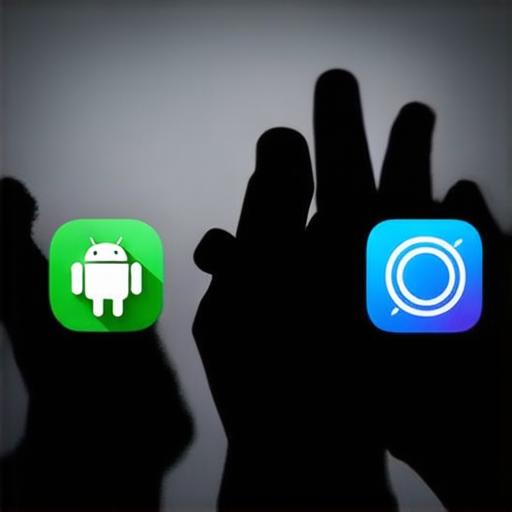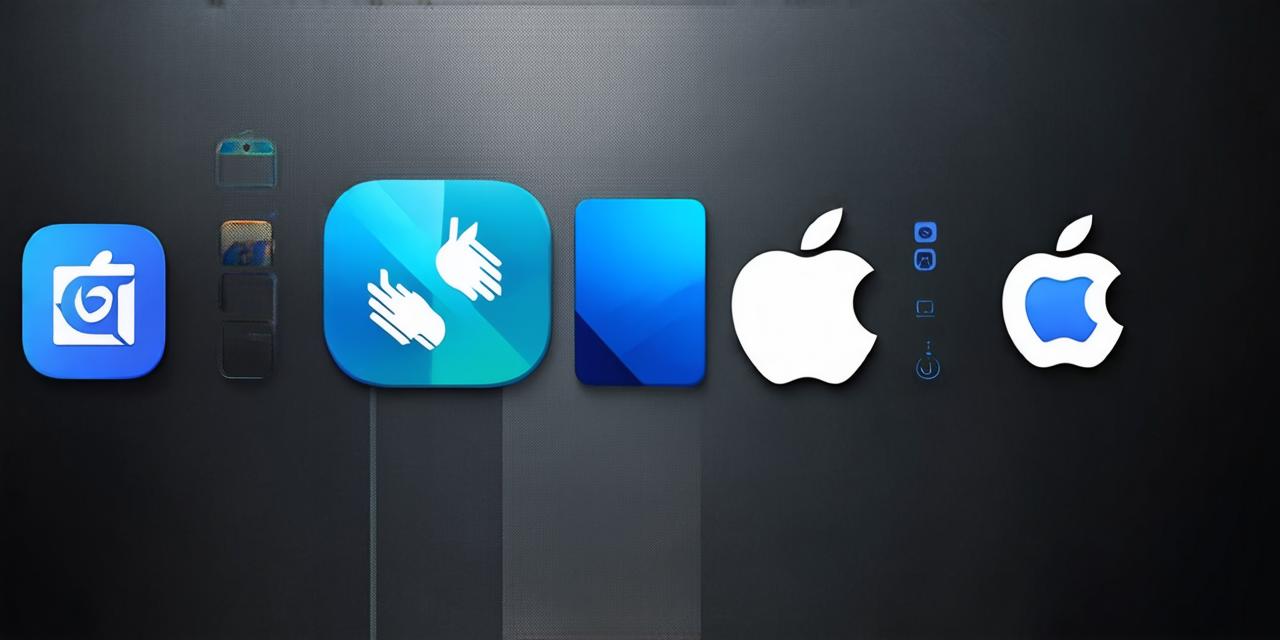If you’re an iOS developer, chances are that you’ve come across the terms “iOS” and “Android” countless times in your career. These two operating systems are the most popular mobile platforms used by millions of people around the world, with iOS being the exclusive platform for Apple devices and Android being the open-source platform used by a variety of manufacturers such as Samsung, LG, and Google.
iOS: The Apple Way
iOS is the mobile operating system developed by Apple for its iPhones, iPads, and iPod Touches. It was first introduced in 2007 with the launch of the iPhone and has since become a major player in the world of mobile development.
Key Features of iOS
- User Interface: iOS is known for its sleek and intuitive user interface, with a focus on simplicity and ease of use. Apple’s design language is based on the concept of “touch,” making it easy for users to interact with their devices through touch-based gestures such as swiping, tapping, and pinching.
- App Store: iOS has a robust app store, which allows developers to distribute their apps to millions of users around the world. Apple’s strict review process ensures that only high-quality and well-designed apps are allowed on the platform, making it easy for users to find and download apps they trust.
- Security: iOS is known for its strong security features, which include end-to-end encryption, automatic updates, and a built-in app firewall. These features make it difficult for malware to infect iPhones and iPads, making them a popular choice for users who value their privacy and security.
- Hardware: iOS is tightly integrated with Apple’s hardware, which includes the iPhone, iPad, and MacBook series. This integration allows for seamless communication between devices, making it easy for users to switch between their phone and computer without having to worry about compatibility issues.

iOS Development Tools and Frameworks
iOS developers have a variety of tools and frameworks at their disposal to create engaging and high-performing apps. Some of the most popular tools include:
- Xcode: Xcode is Apple’s integrated development environment (IDE) for iOS app development. It includes a code editor, debugging tools, and a simulator that allows developers to test their apps on virtual devices.
- Swift: Swift is Apple’s programming language for iOS development. It was first introduced in 2014 and has quickly become one of the most popular languages among iOS developers due to its simplicity and readability.
- Cocoa Touch: Cocoa Touch is a set of frameworks and tools that provide a consistent way to develop apps for iOS devices. It includes a variety of UI components, networking libraries, and other tools that make it easy for developers to create professional-looking apps with minimal code.
Android: The Google Way
Android is the open-source mobile operating system developed by Google for a variety of manufacturers such as Samsung, LG, and Motorola. It was first introduced in 2008 and has since become the world’s most popular mobile platform.
Key Features of Android
- Customization: Android is known for its flexibility and customization options, which allow users to personalize their devices to suit their individual needs and preferences. This includes everything from changing the wallpaper and home screen layout to installing third-party apps and modifying system settings.
- Google Play Store: Android has a vast app store called Google Play Store, which allows developers to distribute their apps to millions of users around the world. Unlike iOS, Google Play Store has a more relaxed review process, allowing for a wider variety of apps to be available on the platform.
- Open-Source: Android is an open-source operating system, which means that anyone can view and modify the source code.
